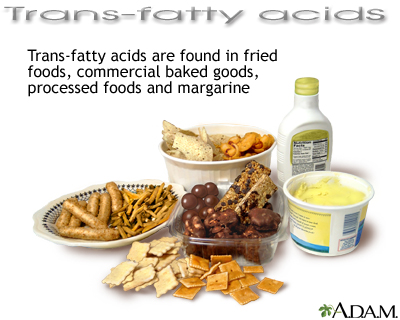
Persimmons have been popping up at all the markets. Don't be fooled. They look like tomatoes but they pack a sugar-candy punch that people unfamiliar with the fruit won't be expecting. There are two main types of persimmons which can be confusing. One kind (hachiyas) are bitter until ripe - at which point they become very soft (even wrinkly). The second variety (fuyus) are more firm when ripe, about the feel of a ripe peach. Popular with backyard growers, you should be able to ask your seller what kind they are. I have found the grower will bring ripe and unripe to the market. Black staining on the skin is supposed to be a sign of greater sweetness.
Persimmons are generally harvested from October through February. I usually cut mine in quarters if I'm going to eat them raw; some people remove the peel as it can be a little tart and the texture is stiff when compared to the mushy inside flesh (hachiyas). Fuyus are more apple-like in texture. Hachiyas are popular frozen and then eaten like ice cream or made into puddings, jams, jellies and breads. Fuyus can be sliced into salads. I've heard they work great in a smoothie also - I need to try this, seems like it would be similar to a fig smoothie.
A 3.5 ounce serving (one medium-large ripe hachiya persimmon) is about 70 calories, 19 carbs, 4g fiber, 13g sugars, and 1g protein. Persimmons are naturally fat-free. A serving also carries a third of the daily recommended value of Vitamin A, 13% Vitamin C, and 18% Manganese. Persimmons also are believed to contain antioxidants and have cancer-fighting properties.
Persimmons don't store long and should NOT be kept in the refrigerator but rather at room temperature. You can also freeze them whole in freezer bags or pureed for future use.














